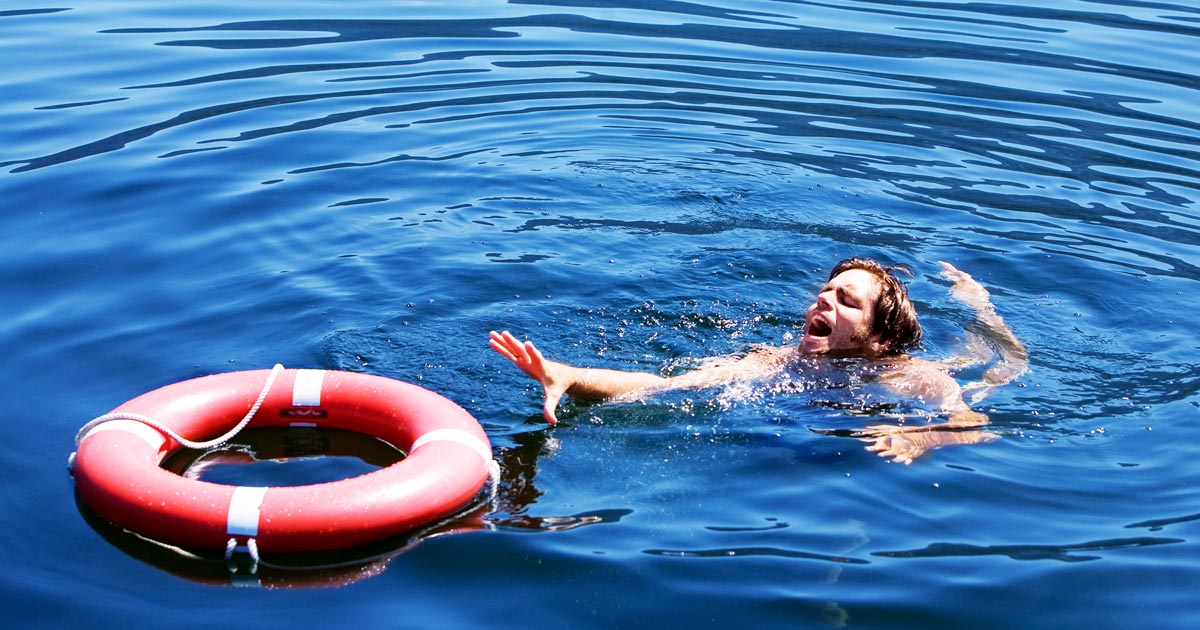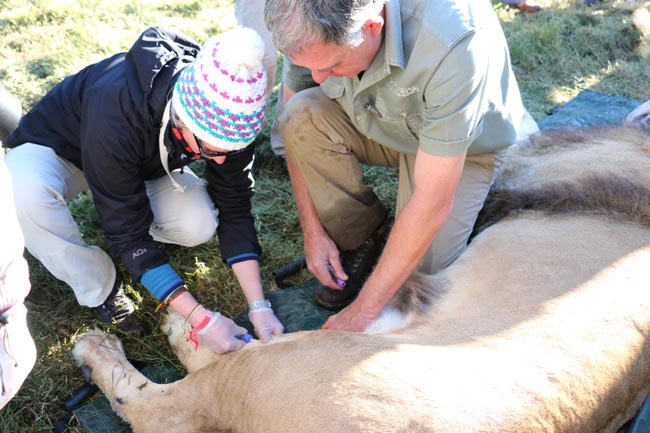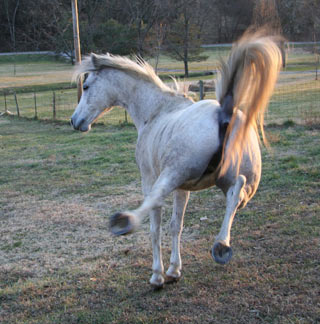You’ve done it – five long years of hard work and study have paid off and you’ve graduated as a fully fledged vet. Welcome to the veterinary community.
And it is just that – a community of people who’ve all been there and had a first day as a vet. You’ll find that everyone (meaning more senior vets than you, which is basically any vet) is happy to offer what I consider “well-being” advice, such as “don’t be too hard on yourself, you will make mistakes” or “don’t be afraid to ask if you don’t know”.
Now, while this sort of advice is true, I don’t think it’s practically helpful for getting you through those first few weeks. No matter how much positive encouragement you receive from other vets, you will probably still be terrified for your first day/week/month.
Practical advice

Having been there only a year ago, I have some practical tips and tricks to help get you through the day during those first few weeks:
In-practice consultations
- Make sure you know where things are kept in the consult room, so you don’t have to open every drawer in front of the client to find the syringes on your first consult.
- Likewise, familiarise yourself with the drugs in the dispensary. At uni, you learn drug names, now you’re in practice you will have to learn the brands.
- Make a note of the vaccination protocol used at the practice and the most common recommended flea/worm treatments (such as those on the pet health plan, if your practice has one).
- Note down anything you may want to look up quickly, particularly premed doses. Depending on how your practice works, nurses may draw up premeds and have vets check before giving them, which can sometimes just be a waft in the vet’s direction for assertion – don’t panic and agree just because you don’t know what the dose is off the top of your head.
- Keep a health plan or puppy/kitten package leaflet handy for when clients ask about them.
- The stethoscope is one of the most useful tools for allowing yourself time to think without the client bombarding you with questions.
- ALWAYS leave something essential outside of the consult room (a thermometer, fluroscein or tear test strips, for example). This gives you an excuse to leave the room have a flick through a book or ask another vet (don’t do it too many times in one consult).
- If it’s something you want another vet to look at, most owners respond well to getting a second opinion. Alternatively, take photos “for comparison” then go and show another vet (be careful here – you need permission from the owners and check your practice policy regarding GDPR. You may be okay to use a work phone/camera, but not a personal one).
- If you want to remove the animal from the owner – either to get another vet to look or for thinking space – ask if you can go and get a nurse to help restrain.
Being on-call/farm visits
- Open things before your first equine/farm visit (gloves, lube, etc) to avoid awkwardly trying to rip open boxes while the farmer is waiting.
- Save dropped pins on Google maps or your satnav for your main farms or big equine clients. Again, work within GDPR, which may only allow this on work phones.
- Make a cheat sheet for the car detailing drug doses for the most common things you use on farm – to avoid the inevitable mind blank resulting in an inability to do simple mental maths while staring at the bottle of Pen and Strep with the farmer staring at you. I made one for a 300kg/500kg/750kg size horse for quick reference.
- If you need to call a colleague for advice while on farm, make an excuse to go back to the car. I would go to examine the animal first with minimal kit (just a stethoscope, for example) then, if necessary, make a call when I had to go back for a thermometer or relevant meds.
- Make a note of who to contact regarding out-of-hours, door codes and alarm codes – and make sure you have practice keys.
- Be prepared to be tired. It doesn’t last forever, but working as a vet is very tiring to begin with – don’t make too many plans for week nights or weekends for the first couple of weeks to allow you to relax when you get home.
- Plan easy, quick meals so you don’t end up ordering a takeaway every night.
General advice
- Have a pocket-sized notebook and pen at all times, and hold on to that pen for dear life. Pens have a habit of wandering in vet practices.
- Take a look at one of my previous blogs on language (Fake it ’til you make it) for some handy phrases to help assert your ability when you don’t really have a clue what’s going on.
-

“Plan easy, quick meals so you don’t end up ordering a takeaway every night.” Image © serguastock / Adobe Stock Have a couple of books handy for quick reference when you need a memory jog. I use 100 Top Consultations in Small Animal General Practice and Gerardo Poli’s The Mini-Vet Guide for small animal, but I hear good things about the “Nerdbook” as well. For equine, I find the Handbook of Equine Emergencies great for quick reference on the go, along with the Saunders Equine Formulary.
- Make lunch in advance to start with. It may be that you always get a lunch break, but sometimes things are manic, so ensure you have food to keep you going.
- Take part in any work social activities and get to know your team – it will make the working day much more fun if you get on with those around you.
- Book a holiday for three months time. You will need it.
Handy resources
Make use of the vast range of apps and websites out there. Here are some I found really helpful:
- BSAVA app for the formulary (it’s quicker to search drugs than flicking through the paper formulary).
- BEVA apps – which features drug doses, certain procedures and joint blocks.
- NOAH Compendium – there isn’t an app (at the moment), but the mobile version of the website works well. Open the NOAH website on your computer before a consulting session starts – practice computers are notoriously slow and I guarantee it will freeze when you’re desperately trying to do a quick search for doses while the client is waiting.
- Norbrook app – for drugs not on NOAH.
- BHA Vaccination Date Calculator for horses saves a lot of time when working out vaccine validity.
- MSD Vet for the Merck manual.
- Vet Calculator for various calculations, particularly the heart rate counter.
While the word “survive” carries negative connotations about veterinary practice (and I have previously discussed how this sort of language can be harmful), I do think you feel like you’re firefighting in those first few weeks.
There’s no doubt it is a steep learning curve, but I’m confident you’ll come out the other side and thrive on the challenges of being a new grad.
Good luck and enjoy finally being able to say you’re a vet.






